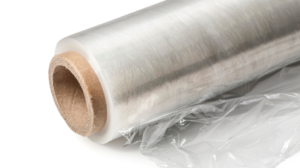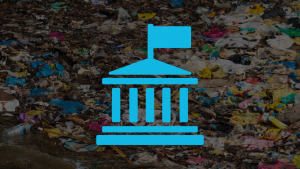- Policy
- Government
- Facts & Stats
- Plastic Pollution
- National
- International
Waste-Free Ontario Act
In late 2016, Ontario proclaimed the Waste Free Ontario Act, comprising the Resource Recovery and Circular Economy Act and the Waste Diversion Transition Act.
This piece of legislation will tackle the problem of waste generation by increasing resource recovery and moving toward a circular economy. At the heart of the legislation is the idea that producers should be responsible for the end-of-life management of their products and packaging.
The legislation is accompanied by this strategy, which lays out Ontario’s vision for a circular economy and goals of a zero-waste Ontario with zero greenhouse gas emissions from the waste sector.
In order to fundamentally change the way we think about waste in Ontario, this strategy outlines the formative actions we will take in the coming years that will help us achieve our goals. It recognizes the tremendous environmental and economic opportunities that exist in shifting our mindset and embracing a circular economy — a system in which products are never discarded, but reused, recycled and reintroduced into new products.
The Resource Recovery and Circular Economy Act, 2016, establishes the outcomes-based producer responsibility regime.
This act:
- identifies the provincial interest in resource recovery and waste reduction to provide overarching government direction
- establishes full producer responsibility by making producers environmentally accountable and financially responsible for recovering resources and reducing waste associated with their products and packaging
- establishes the Resource Productivity and Recovery Authority to operate the Resource Productivity and Recovery Registry (i.e. data clearinghouse) and oversee producer performance by conducting compliance and enforcement activities.
The Waste Diversion Transition Act, 2016
This act will facilitate a seamless transition from the current waste diversion programs to the new producer responsibility framework. Existing waste diversion programs will continue operating until the wastes under those programs are designated under the Resource Recovery and Circular Economy Act, 2016. Once requirements under the new act come into force, existing programs and the industry funding organizations that operate them will be eliminated.
Objectives and actions to achieve Ontario’s vision
- Enhance Provincial Direction and Oversight
- Empower the Resource Productivity and Recovery Authority
- Issue policy statements to provide clear direction on the provincial interest
- Establish a registry and build data capacity to provide for evidence based decisions
Enable Efficient and Effective Recovery Systems
- Transition existing waste diversion programs to new producer responsibility framework without disruption of services
- Amend the 3Rs Regulations to increase resource recovery across all sectors
- Establish service provider requirements to protect the environment while promoting resource recovery
- Ensure landfills are well planned and managed to minimize their need and reduce greenhouse gas emissions
- Establish promotion and education requirements to support public participation in resource recovery
Increase Waste Reduction and Resource Productivity
- Designate new materials to ensure producers are fully responsible for recovering more materials from products and packaging
- Implement an action plan to reduce the volume of food and organic wastes going to landfill
- Implement an Excess Soil Management Policy Framework to increase the reuse of excess soil, while protecting human health and the environment
- Adopt and implement modern regulatory approaches to build on and promote innovative best practices
Create Conditions to Support Sustainable End-Markets
- Improve and establish environmental standards to provide a level playing field and a strong foundation for markets
- Use green procurement practices to build market demand for recovered materials
- Implement disposal bans to direct materials to end-markets



